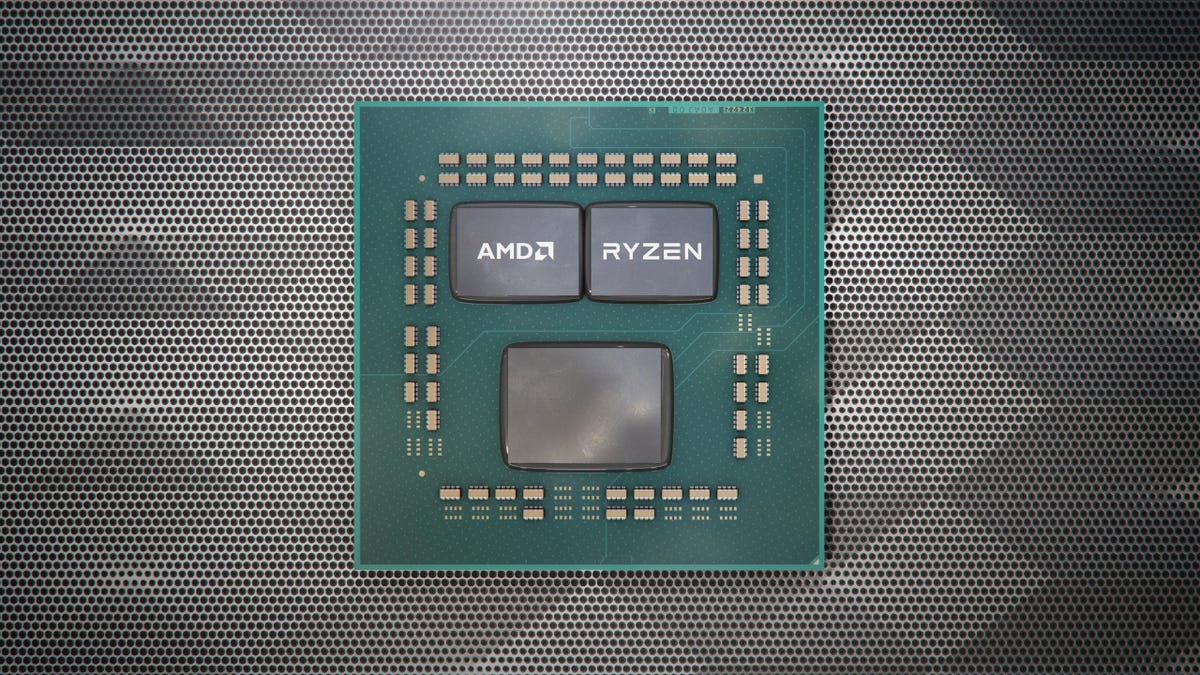AMD Ryzen out-cores Intel Core with latest Threadripper processors
Depending upon your needs, 32 cores is either amazing or absurd.

The core wars are incomprehensible to many people. But those people don't need to work in four (or more) of Adobe's applications at the same time, encode and decode 4K (or bigger) video, render high-quality 3D stills or animations, mix complex multitrack audio or perform any number of other tasks that absorb CPU cycles like a power sponge. If you fall into the latter category, more-core news, especially if they come in at lower prices and with support for higher bandwidth around them, like AMD's latest generation of Threadrippers, is always good news.
AMD's Ryzen Threadripper line is that company's answer to Intel's X series, its most powerful desktop processors before you have to move up to workstation-class silicon. In addition to topping out at a higher processor count than even Intel's new 10th-generation i9-10980XE, AMD's latest Threadrippers have more on-chip cache, support PCIe 4.0 (which vastly increases transfer rates inside the system) and faster memory than Intel's, for lower prices. The new AMD CPUs also feature higher base clock speeds, which should hopefully improve their single-core performance -- they've consistently lagged Intel on this metric, which is important for applications where specific operations don't lend themselves to parallel computation.
Intel vs. AMD high-performance desktop CPUs
| Ryzen 9 3950X | Core i9-9920X | Ryzen TR 3960X | Core i9-9980XE | Ryzen TR 3970X | Core i9-10980XE | |
|---|---|---|---|---|---|---|
| Price | $749 | $1,200 | $1,400 | $2,000 | $2,000 | n/a |
| Base clock | 3.5 | 3.5 | 3.8 | 3.0 | 3.7 | 3.0 |
| Boost clock | 4.7 | 4.4 | 4.5 | 4.4 | 4.5 | 4.6 |
| Cores/threads | 16/32 | 12/24 | 24/48 | 18/36 | 32/64 | 18/36 |
| Cache | 72MB | 19.25MB | 140MB | 24.75MB | 144MB | 19.25MB |
| System power target (watts) | 105 | 165 | 250 | 165 | 250 | 165 |
| PCI version/lanes | 4/16 | 3/44 | 4/72 | 3/44 | 4/72 | 3/48 |
| Max memory | unk | 128GB | unk | 128GB | unk | 256GB |
| Max memory speed | 3,200MHz DDR4 | 2,666MHz DDR4 | 3,200MHz DDR4 | 2,666MHz DDR4 | 3,200MHz DDR4 | 2,933MHz DDR4 |
| Memory channels | 2 | 4 | 4 | 4 | 4 | 4 |
| Process | 7nm | 14nm | 7nm | 14nm | 7nm | 14nm |
There are some drawbacks, though. The new processors require a new chipset, the TRX40, which means you can't just plunk them into your current motherboard. The chipset's external data I/O also tops out at a USB speed of 10 gigabits per second (not even the USB 3.2 Gen 2 max of 20Gbps); Thunderbolt 3 (Intel's baby) goes up to 40Gbps, and no one's implemented USB 4.0 to hit 40Gbps. Fast connection to external devices is critical for tasks that these systems are intended for, like ingesting high-resolution video or copying terabytes of photos. And AMD's power processors tend to be more power-demanding than Intel's equivalents as well.
For its lower-end processors -- if the new 16-core Ryzen 9 3950X could be considered "lower end" -- AMD has introduced Eco-Mode as a motherboard BIOS feature that scales back the chip's performance to run in a 65-watt system, at lower temperatures and sucking up less power. AMD claims that the drop sustains up to 77% of full performance. That means the PCs can be vastly smaller, and it could conceivably be incorporated into mammoth gaming laptops as we've seen with the Intel i9-9900K, but it also means you need to be cognizant of which configuration a system's designed for when shopping.
At the opposite end of the spectrum, AMD also announced its dirt-cheap ($49!) Athlon 3000G, a dual-core 35-watt processor with Vega 3 graphics that's overclockable.

